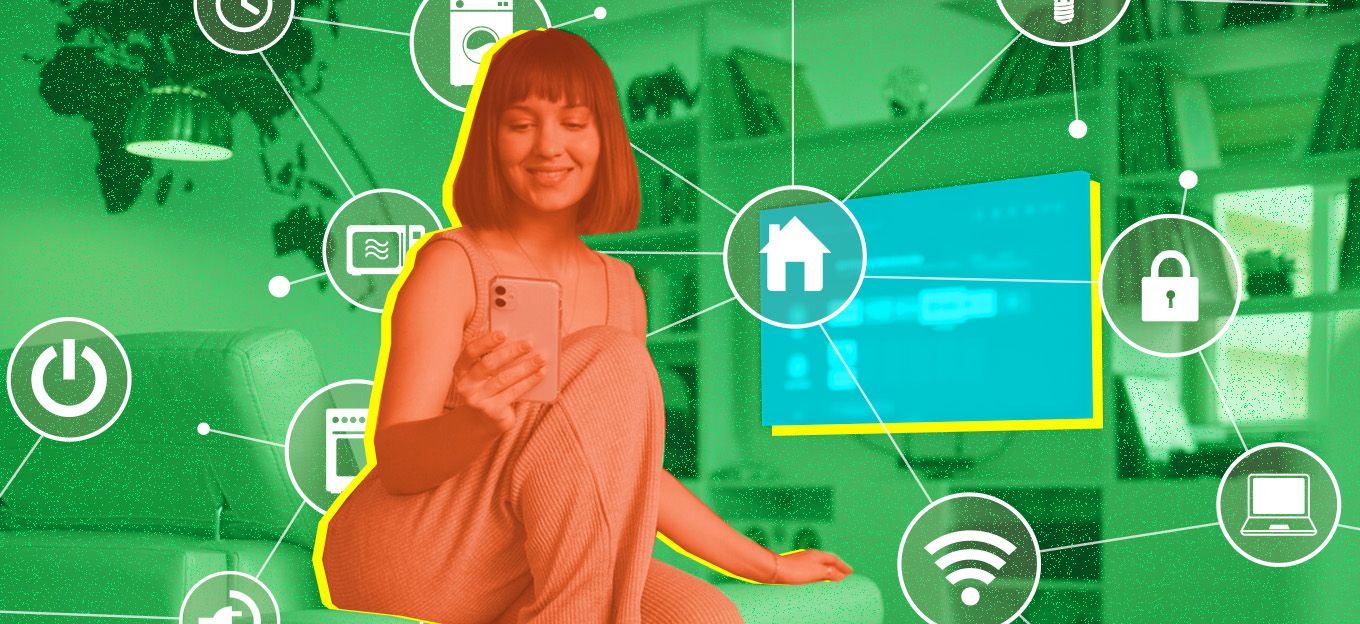Digital Growth: What Reuters NEXT Says About IoT in 2022
Digital Growth: What Reuters NEXT Says About IoT in 2022
- Last Updated: December 2, 2024
IoT For All
- Last Updated: December 2, 2024



Every year the Reuters NEXT conference brings together CEOs, founders, and other thought leaders from a wide range of industries to discuss what the year ahead holds. Last week, December 1-3, the IoT For All editorial team had the chance to digitally attend this conference. We were able to hear from speakers all over the world on the five selected topics for the year: “Policy for Progress”, “A Fairer World”, “A Sustainable World”, “Radical Redesign”, and “The Business of Growth”. Sessions covered a variety of industries, from finance to food to tech. Forecasts of growing digitalization mean that 2022 will bring more opportunities for IoT to develop new ways to improve the way we live and work.
Forecasts of growing digitalization at Reuters NEXT mean that 2022 will bring more opportunities for IoT to develop new ways to improve the way we live and work.
Key Insights from Reuters NEXT for IoT in 2022
Commerce Will Continue to Move Online
While eCommerce has been gaining traction over the last several years, the consensus at NEXT is that the traction gained through COVID-19 will continue on after the pandemic. Speakers across all areas of commerce noted the same thing: eCommerce has grown over the pandemic.
This growth in eCommerce continues to bring a host of possibilities to IoT and AI. For example, improvements in modern chatbot technologies have allowed businesses to provide efficient, helpful service to their customers without interrupting their workday. Advancements in tracking technologies allow customers to track their packages in real-time, eliminating many of the issues that plagued the eCommerce industry of old. Today, Amazon even lets customers know exactly how many stops away their deliveries are.
Speakers at the conference are confident that the growth in eCommerce will continue, even after pandemic-driven lockdowns are over. eCommerce is a new normal that is here to stay.
Contactless Biometrics Are Gaining Traction, but Privacy and Security Remain Top Challenges
Biometrics using AI are a popular source for identification and authentication for devices both in consumer and industrial spaces. The pandemic has increased the demand for contactless technologies, as people are hesitant to touch surfaces. This makes fingerprinting a much less attractive means of authentication for device manufacturers.
According to Dr. Daehoon Kim, CEO of IriTech, and Toby Norman, CEO of Simprints, there was already interest in contactless biometrics such as iris scanners or facial recognition technology in more consumer-facing devices, but now it’s necessary. Price has historically been a challenge in implementing contactless biometrics. This challenge is becoming less of an obstacle, though.
A key challenge facing the large-scale adoption of biometrics is privacy. Tessie San Martin, CEO of FHI 360, noted Asian countries were more willing to participate in biometric identification, but countries such as the United States were hesitant. Concerns over government tracking using biometrics are prevalent for those who are reluctant.
Security is another key challenge for biometrics. While security may seem inherent in biometric technologies, concerns remained among panelists. Contactless biometric technologies may be particularly susceptible, in that if they are not developed well enough, someone could use images of someone’s face, iris, or fingerprints to falsely authenticate.
Changes in an individual’s biometrics could also lead to difficulties in authentication. Masks have temporarily hindered facial recognition, but permanent changes could happen to someone’s biometrics. Strokes, burns, or other major injuries could suddenly change an individual’s biometrics and lock them out of devices. These cases may seem rare, but they pose a major accessibility risk for those affected.
The Metaverse is an Unknown Future
The metaverse, a fully immersive virtual reality technology, has become ubiquitous in tech news since Facebook announced Meta. In the metaverse, an unlimited number of users can be online, interact with the virtual world as they do the physical world, and own digital assets. Yat Siu, co-founder and chairman of Animoca Brands, explained that the metaverse currently only makes sense for leisure and entertainment uses.
Benoit Pagotta, co-founder of RTKFT, does not believe that the fact that the metaverse is currently only being used for fun means that digital assets owned in the metaverse hold no value. Pagotta explained that metaverse assets, such as the NFT sneakers RTKFT sells, hold the same value that physical high-end fashion holds; high-end items hold value because of the symbolic status that owning them provides.
Implementing business and commerce into the metaverse will likely become profitable, but the sensible use cases are not yet there. Technologies such as blockchain and NFTs will likely provide means for the metaverse to have practical applications in the future. How exactly the metaverse will impact the way we work and live our daily lives, though, is yet to be determined.
Conclusion
As has been the trend for the last several years, digitalization will continue to provide opportunities for IoT to solve real-world problems. The pandemic has expedited this process in a number of ways. We’re shopping more from home and relying on technology to provide us with service to rival in-person shopping experiences. There are some cases where the opportunities for IoT are still yet to be fully realized. Biometrics and the metaverse have current challenges that we are confident IoT and AI can solve in ways that have yet to be imagined.
The Most Comprehensive IoT Newsletter for Enterprises
Showcasing the highest-quality content, resources, news, and insights from the world of the Internet of Things. Subscribe to remain informed and up-to-date.
New Podcast Episode

Moving Past the Pilot Phase in IoT and AI
Related Articles





